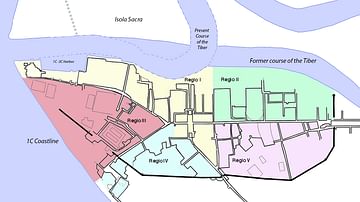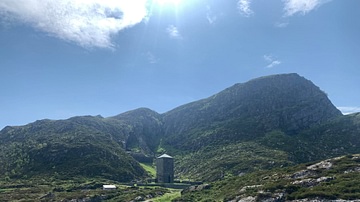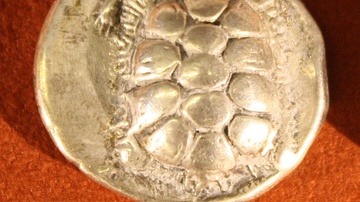Video
Cite This Work
APA Style
Culture, A. I. f. R. (2020, January 30). Tiber Island - Ancient Rome Live (AIRC). World History Encyclopedia. Retrieved from https://www.worldhistory.org/video/1936/tiber-island---ancient-rome-live-airc/
Chicago Style
Culture, American Institute for Roman. "Tiber Island - Ancient Rome Live (AIRC)." World History Encyclopedia. Last modified January 30, 2020. https://www.worldhistory.org/video/1936/tiber-island---ancient-rome-live-airc/.
MLA Style
Culture, American Institute for Roman. "Tiber Island - Ancient Rome Live (AIRC)." World History Encyclopedia. World History Encyclopedia, 30 Jan 2020, https://www.worldhistory.org/video/1936/tiber-island---ancient-rome-live-airc/. Web. 08 May 2025.





